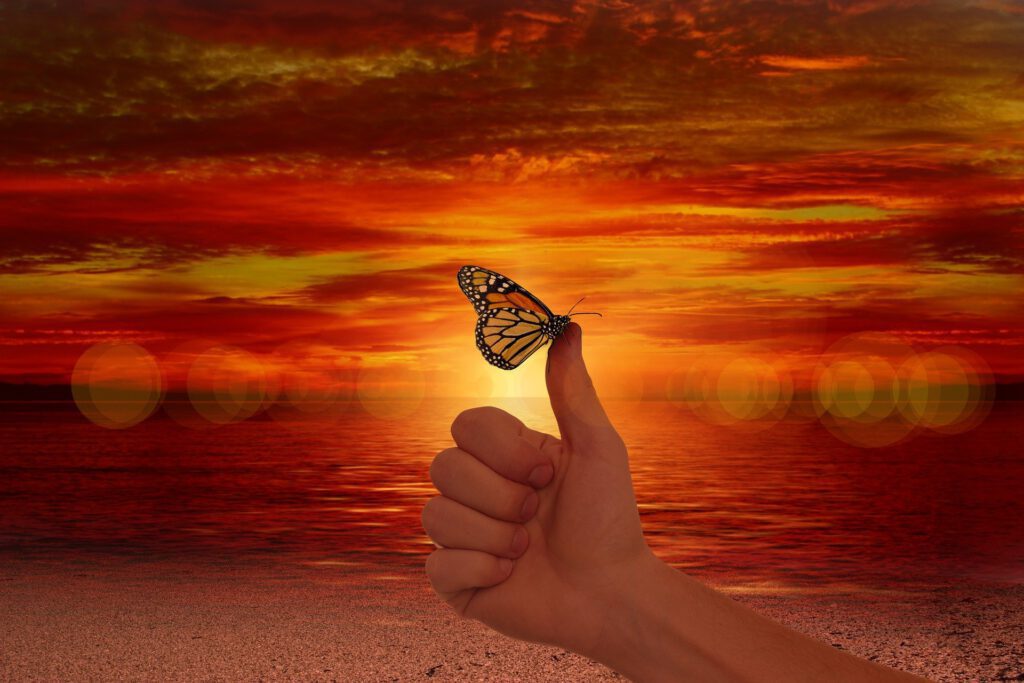Childhood trauma reactions – what happens in the brain during extreme fear
Childhood trauma responses: Neurobiology To understand what childhood trauma reactions do in the brain, we need to understand what trauma is in the first place. For example, subjective conditions must also be distinguished in addition to objective conditions. A situation is objectively traumatic if the event caused extreme stress for most people, an armed robbery, […]
Childhood trauma reactions – what happens in the brain during extreme fear Read More »


